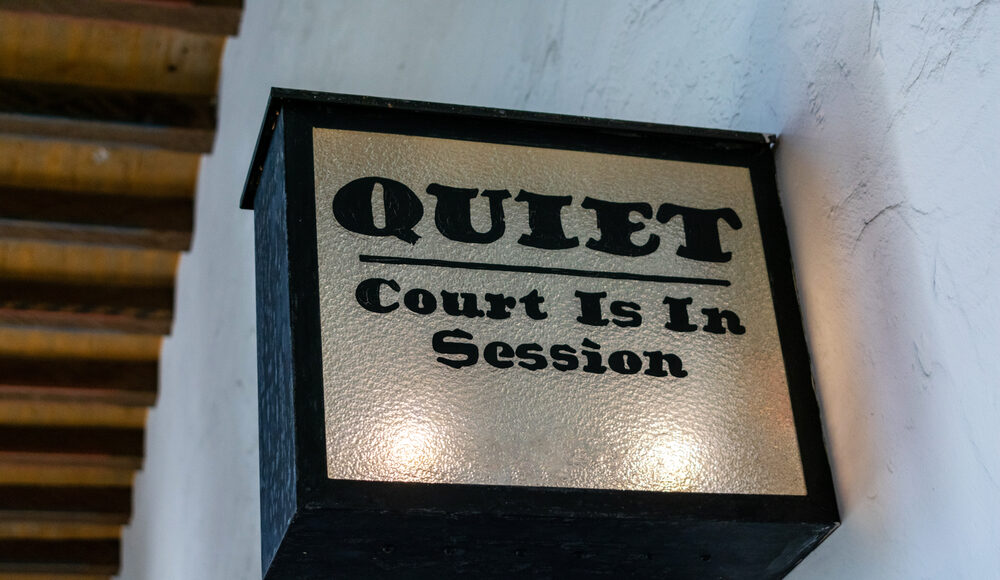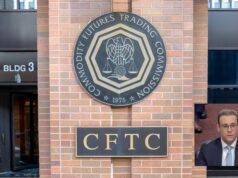FTX’s bankruptcy saga took another twist. Recent reports uncovered that the exchange paid over $25 million in hush money to whistleblowers. Additionally, millions were loaned to an Australian influencer to avoid litigation. These revelations, coupled with asset sales and a substantial tax settlement, paint a complex picture of FTX’s efforts to manage its financial obligations while navigating a turbulent legal landscape.
FTX Whistleblower Payments
In a bombshell report, a court-appointed examiner revealed over $25 million in FTX hush money payments to whistleblowers before its collapse in November 2022. Robert J. Cleary and the law firm Quinn Emanuel Urquhart & Sullivan led the investigation. They found that these payments were made to silence complaints of systemic misconduct within the company. These allegations included misleading investors, commingling customer funds, market manipulation, insider trading, and failing to implement proper anti-money laundering controls.
Joseph Bankman, a Stanford Law School professor and father of FTX’s co-founder Sam Bankman-Fried, reportedly played a role in resolving some of these whistleblower complaints. This involvement has added another layer of controversy to the already complex legal battles surrounding FTX.
Influencer Loans and Asset Sales
In addition to the whistleblower payments, it was revealed that FTX loaned millions to an Australian influencer. This happened in an attempt to avoid potential litigation. The move was part of FTX’s broader strategy to manage its financial and legal challenges as it sought to repay creditors and navigate bankruptcy proceedings.
To raise funds, FTX also completed the sale of $2.6 billion worth of Solana tokens. These asset sales are critical for the company as it attempts to meet its obligations and repay creditors in full. The sale and liquidation of assets like Solana tokens highlight FTX’s aggressive efforts to recover from its financial turmoil.
>>> Read more: FTX’s Financial Chess
Impact and Ongoing Legal Challenges
The fallout from FTX’s collapse has been significant, affecting the broader cryptocurrency market and leading to substantial legal repercussions. Sam Bankman-Fried, the former CEO of FTX, was found guilty of multiple counts of fraud and conspiracy. It resulted in a 25-year prison sentence and an order to pay $11 billion in forfeiture. Despite these measures, the complexities of FTX’s financial practices and legal entanglements continue to unfold. They offer a critical perspective on the exchange’s controversial strategies.
These revelations underscore the challenges FTX faces as it seeks to resolve its bankruptcy and repay its creditors. The combination of hush money payments, loans to avoid litigation, and asset liquidations paints a picture of a company in turmoil. It struggles to navigate a myriad of legal and financial obstacles.
As FTX continues to unravel, the company’s controversial financial practices will remain under scrutiny. This includes those significant whistleblower payments and loans to influencers. The cryptocurrency community and regulators will be closely watching how these revelations impact FTX’s efforts to recover and repay its creditors.
Readers’ frequently asked questions
How did FTX collapse?
FTX collapsed due to financial mismanagement, including improper loans of customer deposits to its trading arm, Alameda Research, and systemic misconduct like misleading investors and regulatory violations. These issues led to liquidity problems and insolvency, resulting in bankruptcy in November 2022
Will FTX pay back its creditors?
FTX is working to repay its creditors by liquidating assets, including $2.6 billion worth of Solana tokens, and settling tax claims with the IRS. However, legal challenges and creditor objections complicate the repayment process.
How are the whistleblower payments and loans to influencers affecting the FTX legal situation?
The whistleblower payments and loans to influencers have intensified FTX’s legal issues. These actions highlight potential legal breaches and have led to increased scrutiny from regulators, complicating ongoing litigation and the bankruptcy process.
What Is In It For You? Action Items You Might Want to Consider
Monitor Asset Liquidations for Market Impact
Stay informed about FTX’s ongoing asset sales, such as the recent $2.6 billion worth of Solana tokens. Large-scale liquidations can significantly impact the prices of these assets and the broader cryptocurrency market. Consider adjusting your trading strategies to account for potential volatility and price shifts as FTX continues to liquidate assets to repay creditors.
Stay Updated on Legal Proceedings
FTX’s legal challenges, including the fallout from whistleblower payments and loans to influencers, could have far-reaching implications for the cryptocurrency market. Keep an eye on news related to FTX’s bankruptcy proceedings and regulatory actions. This information can provide insights into market sentiment and potential regulatory changes that might affect trading conditions.
Assess Risk Management Practices
The FTX collapse highlights the importance of robust risk management practices in cryptocurrency trading. Review your current strategies to ensure proper risk management, including diversification, secure custody of assets, and compliance with regulatory standards. Learning from FTX’s mistakes can help protect your investments and maintain stability in your trading portfolio.










